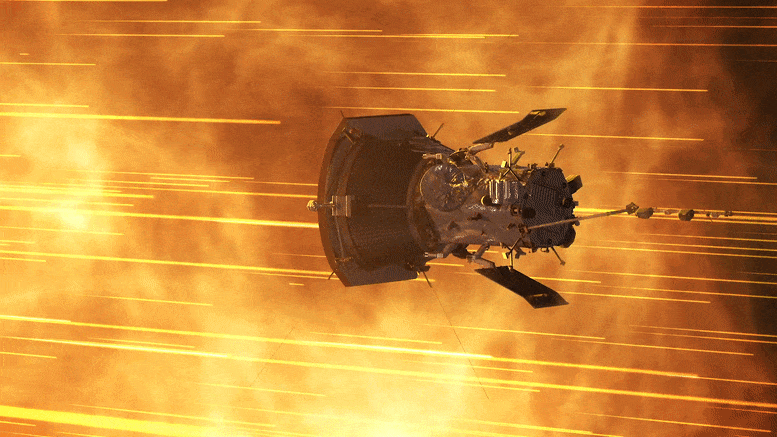
A powerful solar eruption is likely to have hit NASA’s Parker Solar Probe head-on. This artist’s animation shows the spacecraft as it officially touched the Sun. Launched in 2018 to study the Sun’s biggest mysteries, the spacecraft has close-up observations of our star. This is allowing us to see the Sun as never before, and helping scientists answer fundamental questions about the Sun. Credit: NASA GSFC/CIL/Brian Monroe
A massive eruption of solar material, known as a coronal mass ejection or CME, was detected escaping from the Sun at 11:36 p.m. EDT on March 12, 2023.
The CME erupted from the side of the Sun opposite Earth. While resarchers are still gathering data to determine the source of the eruption, it is currently believed that the CME came from former active region AR3234. This active region was on the Earth-facing side of the Sun from late February through early March, when it unleashed fifteen moderately intense M-class flares and one powerful X-class flare.
Solar flares are classified based on their X-ray energy output, measured in watts per square meter (W/m²) at the Earth’s orbit. There are three categories: C-class flares are the weakest, M-class flares are of medium strength, and X-class flares are the most powerful. Each category is ten times stronger than the previous one, meaning an M-class flare is ten times more powerful than a C-class flare, and an X-class flare is ten times more powerful than an M-class flare.
A coronal mass ejection (CME) is a massive burst of plasma and magnetic fields that is released from the Sun’s corona. These explosive events can send billions of tons of charged particles racing towards Earth, and if they collide with our planet’s magnetic field, they can cause a geomagnetic storm. These storms can interfere with satellite and radio communication systems, disrupt power grids, and cause stunning displays of the Northern and Southern Lights.
Based on an analysis by NASA’s Moon to Mars Space Weather Office, the CME was clocked in traveling at an unusually fast 2,127 kilometers (1,321 miles) per second or 7,657,000 km/h (4,758,000 mph), earning it a speed-based classification of a R (rare) type CME.
A simulation of the CME below shows the blast erupting from the Sun (located at the middle of the central white dot) and passing over Mercury (orange dot). Earth is a yellow circle located at the 3 o’clock position.
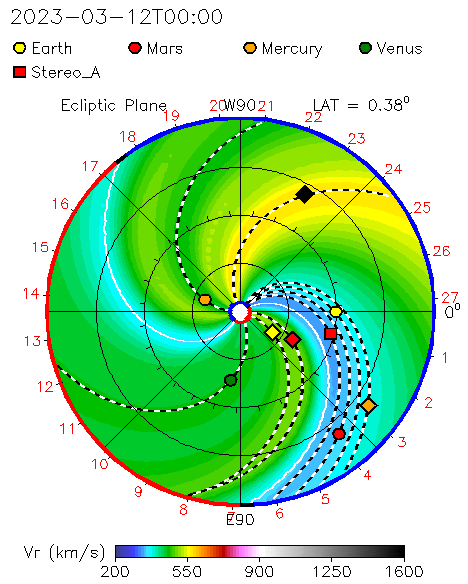
A simulation of the CME shows the blast erupting from the Sun (located at the middle of the central white dot) and passing over Mercury (orange dot). Earth is a yellow circle located at the 3 o’clock position. Credit: NASA’s M2M Space Weather Office
The eruption is likely to have hit NASA’s Parker Solar Probe head-on. The spacecraft is currently nearing its 15th closest approach of the Sun (or perihelion), flying within 5.3 million miles (8.5 million kilometers) of the Sun on March 17. On March 13, the spacecraft sent a green beacon tone showing the spacecraft is in its nominal operational mode. The scientists and engineers are awaiting the next data download from the spacecraft, which will occur after the close approach, to learn more about this CME event and any potential impacts.
The eruption is known as a halo CME because it appears to spread out evenly from the Sun in a halo, or ring, around the Sun. Halo CMEs depend on the observer’s position, occurring when the solar eruption is aligned either directly toward Earth, or as in this case, directly away from Earth. This expanding ring is apparent in the view from NASA/ESA’s Solar and Heliospheric Observatory, or SOHO, spacecraft shown below. SOHO observes the Sun from a location about 1 million miles closer to the Sun along the Sun-Earth line. In SOHO’s view, the Sun’s bright surface is blocked to reveal the much fainter solar atmosphere and erupting solar material around it. The bright dot on the lower right side of the image is Mercury.
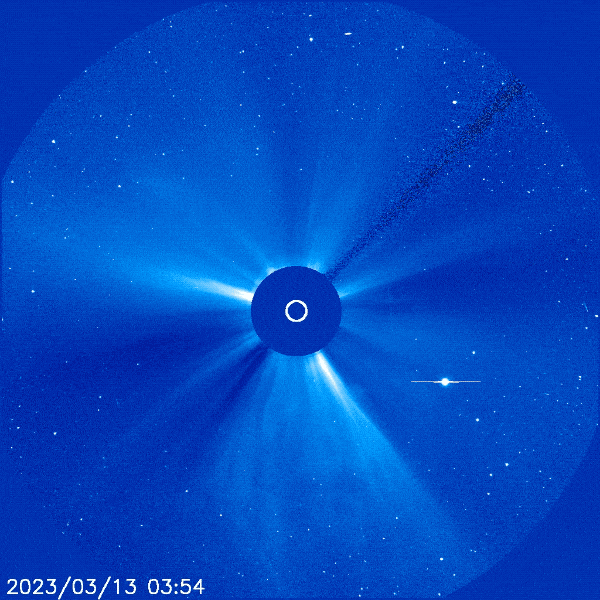
View of the CME from the Solar and Heliospheric Observatory (SOHO). Credit: NASA/ESA/SOHO
Even though the CME erupted from the opposite side of the Sun, its impacts were felt at Earth. As CMEs blast through space, they create a shockwave that can accelerate particles along the CME’s path to incredible speeds, much the way surfers are pushed along by an incoming ocean wave. Known as solar energetic particles, or SEPs, these speedy particles can make the 93-million-mile journey from the Sun to Earth in around 30 minutes.
Though SEPs are commonly observed after Earth-facing solar eruptions, they are less common for eruptions on the far side of the Sun. Nonetheless, spacecraft orbiting Earth detected SEPs from the eruption starting at midnight on March 12, meaning the CME was powerful enough to set off a broad cascade of collisions that managed to reach our side of the Sun. NASA’s space weather scientists are still analyzing the event to learn more about how it achieved this impressive and far-reaching effect.


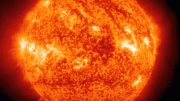
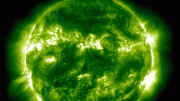
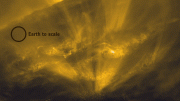
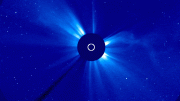
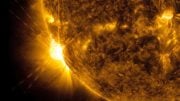
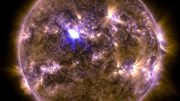
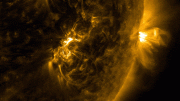
WHERE EXACTLY IS THE LIGHT SWITCH? The visuals were not up to your fine, high standards of clarity.
30 min for the SEP to reach Earth means it was traveling at about 25% of the speed of light!!! Remember these are physical particles that have mass. That is significantly relativistic. It is H* S* fast.
Even the CME is fast. It would only take about eleven hours to reach Earth. Not much warning time.
correct….And do you believe NASA is telling the public if the CME was going to be REALLY powerful….? The MPH that they told us ….COULD be disasterous for Earth. I Used their “stated” digits… and from what I can figure….The impactual windspeed itself is frightning, but to add the mass to the equation…???? well??? But they said ..that THEY… “believe”…its not anything to worry ab !! Well…i think they are miscalculating it. I dunno Art!! I love my country, but I fear my government..and AGREED…not much time…